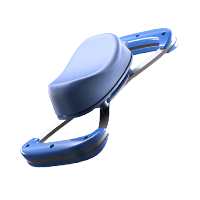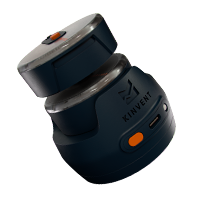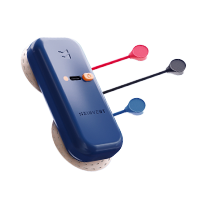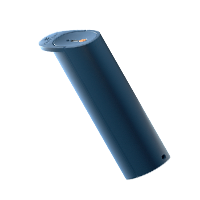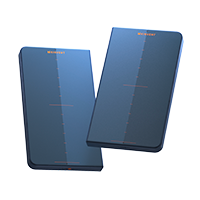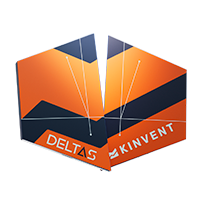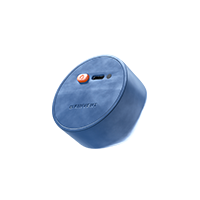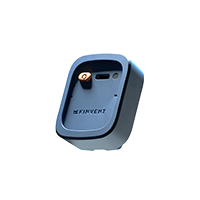Optimize Body Zone-Specific Rehabilitation with Kinvent
BODY ZONE-SPECIFIC REHABILITATION
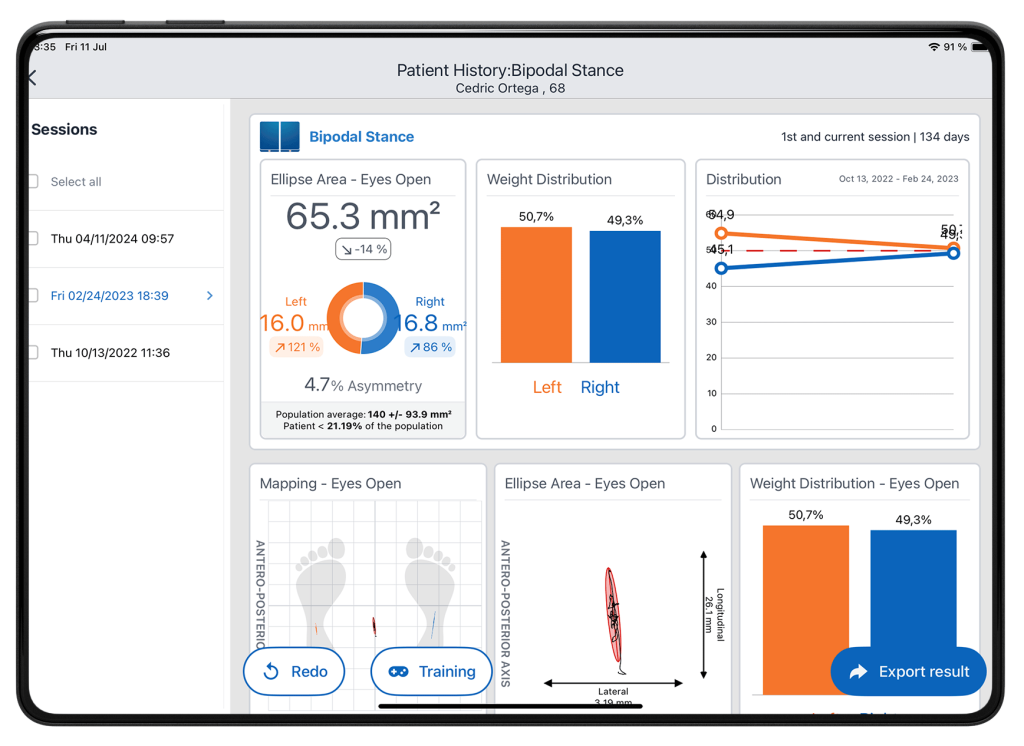
Empower Your Practice with Targeted, Data-Driven Rehab
In physical therapy, every body zone presents unique biomechanical and functional challenges. Whether it’s restoring cervical mobility, strengthening rotator cuffs, or correcting lower-limb asymmetries, physical therapists need precise, objective tools to guide recovery and measure outcomes.
Kinvent solution —a suite of connected devices and a powerful mobile app—provides the tools to deliver zone-specific rehab, from the cervical spine to the feet and toes.
The Kinvent Ecosystem: Built for Every Body Region
Kinvent’s technology combines force sensors, motion trackers, EMG, and biofeedback into a user-friendly platform that supports targeted assessments and progressive training. With real-time data, therapists can quantify movement, measure muscular strength, and correct compensations – delivering individualized care based on the needs of each body zone.
Body Zone-Specific Rehabilitation
Precision Tools for Every Anatomical Area
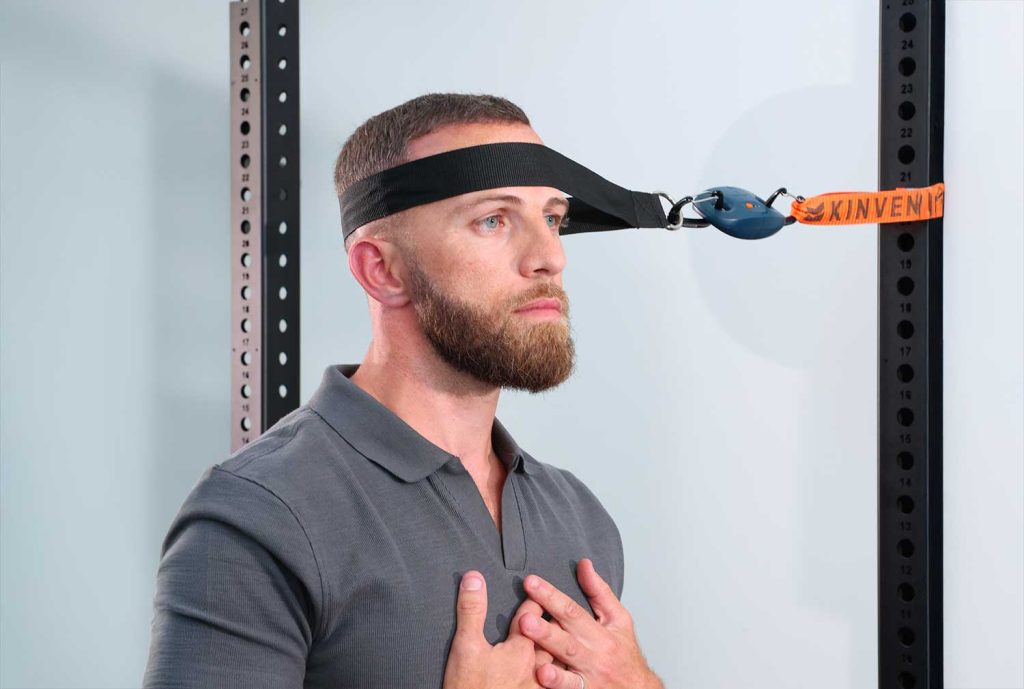
Head, Neck & Jaw
For cervical spine rehabilitation, Kinvent allows therapists to measure neck strength, evaluate posture, and detect asymmetries. This is crucial in conditions like cervicalgia, torticollis, or whiplash injuries. With the ability to evaluate temporomandibular joint (TMJ) function and control, Kinvent also supports rehab for jaw-related pathologies and Bell’s palsy, providing biofeedback for fine motor control.
Shoulder Complex
The shoulder requires a careful balance of mobility and stability. With Kinvent, therapists can monitor progress in rotator cuff rehabilitation, assess shoulder instability, and track range of motion in conditions like frozen shoulder and AC joint sprains. Force and motion sensors provide objective feedback on strength and functional capacity in the glenohumeral joint and surrounding musculature.

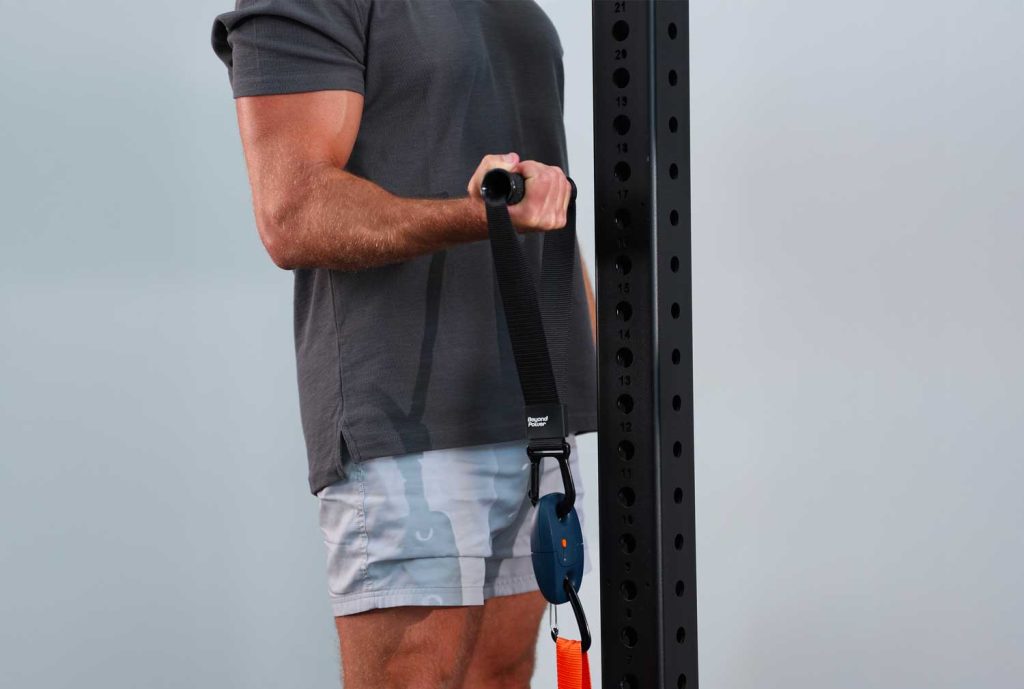
Elbow, Forearm & Wrist
Kinvent dynamometers are ideal for quantifying grip strength, pronation/supination force, and elbow flexion/extension—crucial for treating tennis elbow, golfer’s elbow, ulnar nerve entrapment, or wrist instability. Physical therapists can use this data to guide return-to-function protocols for fractures, dislocations, and tendon injuries of the elbow, wrist, and hand.
Hand & Fingers
Rehabilitation of the hand and fingers demands fine-motor precision and real-time feedback. With Kinvent, therapists can measure pinch strength, detect imbalances, and monitor tendon healing progress in cases like trigger finger, flexor/extensor injuries, mallet finger, and Dupuytren’s contracture. These tools bring clarity and consistency to this highly nuanced rehab zone.
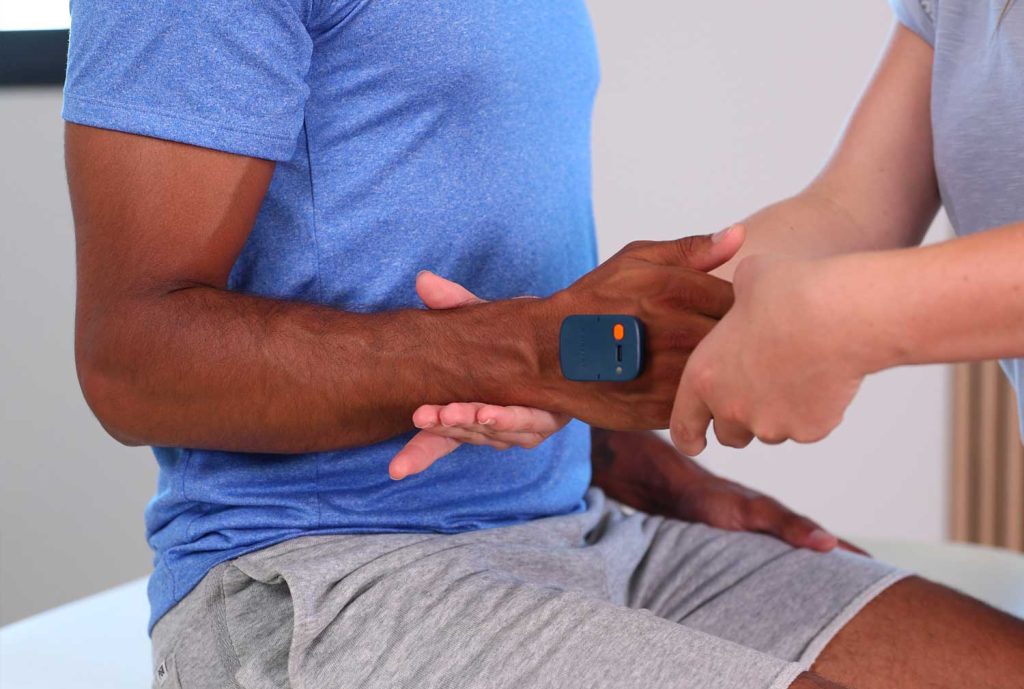
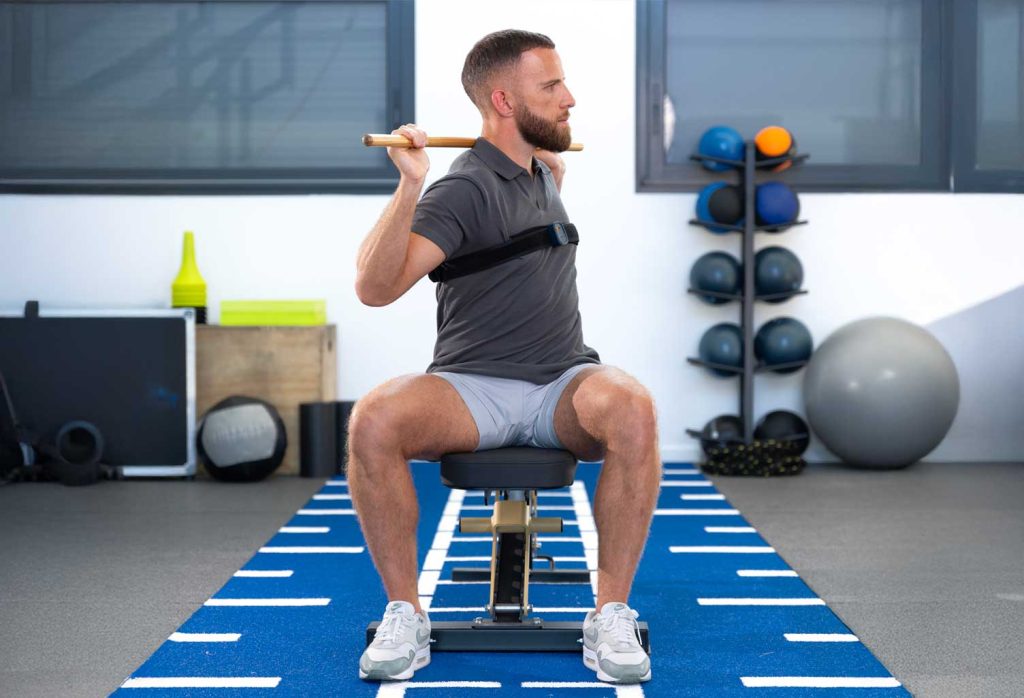
Thoracic Spine & Posture
Kinvent’s motion sensors are ideal for assessing and correcting posture, scapular dynamics, and thoracic mobility. This is essential in treating dorsalgia, postural dysfunction, scoliosis, and kyphosis. Real-time biofeedback helps patients correct compensatory patterns and improve spinal alignment.
Lumbar Spine & Core
Core function is the cornerstone of nearly all movement. Kinvent allows physical therapists to track performance during core exercises, measure force during lumbar flexion/extension, and detect imbalances in patients with lumbago, sciatica, or disc injuries. It is equally effective for sports hernias, inguinal issues, and diaphragmatic dysfunction.
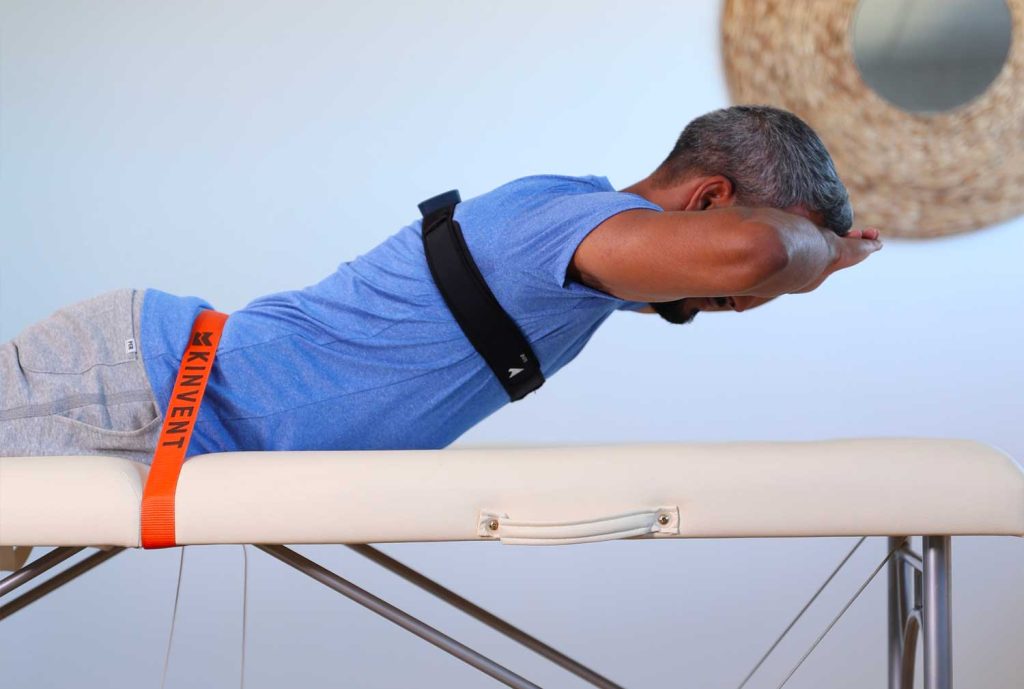
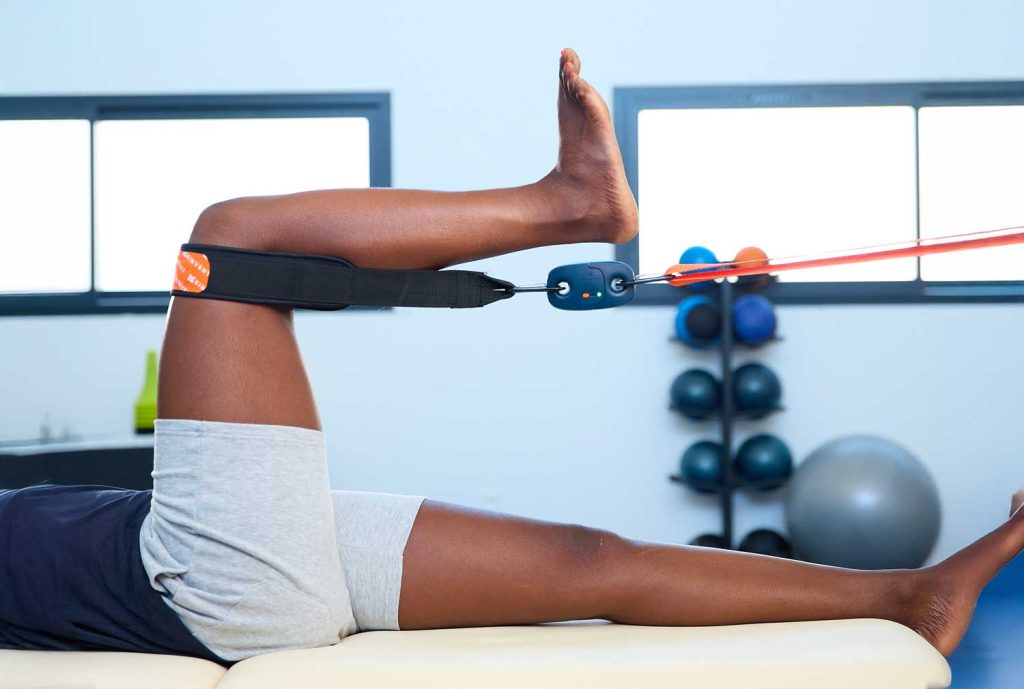
Hip & Pelvis
For hip-focused rehab, Kinvent helps evaluate strength, stability, and joint control. Whether addressing hip osteoarthritis, gluteus medius weakness, or femoroacetabular impingement, the system provides accurate data to support targeted interventions. Kinvent is also valuable in adductor rehab, sports hernia management, and pelvic alignment retraining.
Thigh & Knee
Kinvent enables therapists to test quadriceps and hamstring strength, track symmetry, and monitor dynamic loading. This is critical for managing ACL/MCL injuries, patellar tendinopathy, meniscus lesions, or gonarthrosis. Using objective data, therapists can confidently progress patients from initial recovery to return-to-sport phases.
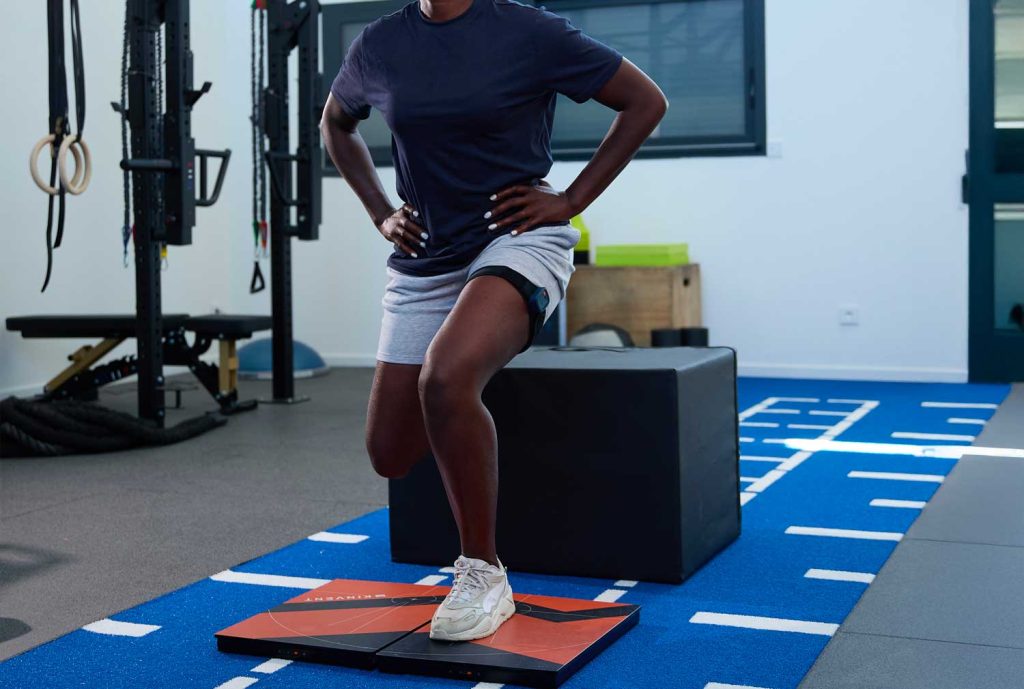
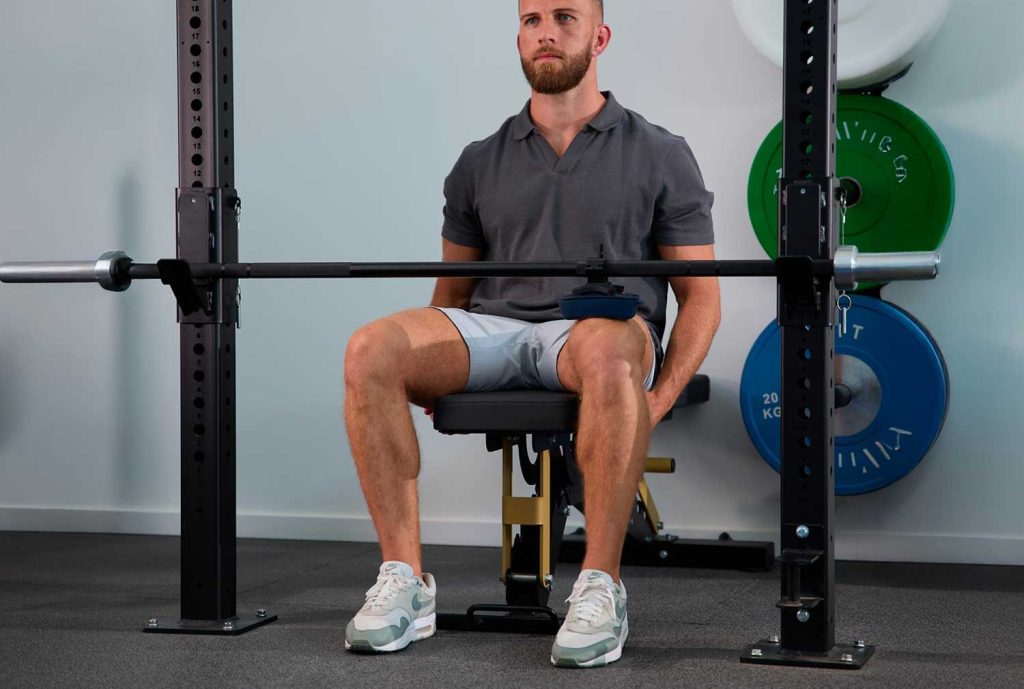
Lower Leg: Calf, Tibia & Fibula
For Achilles tendon rehab, tibia/fibula fractures, or gastrocnemius injuries, Kinvent tracks loading capacity and measures plantarflexion force. It supports both injury prevention and post-injury progression, making calf muscle and lower leg recovery more precise and personalized.
Ankle & Foot
Stability, balance, and strength in the ankle-foot complex are crucial for mobility. Kinvent’s force platforms help evaluate postural control, proprioception, and asymmetry—perfect for treating ankle sprains, syndesmosis injuries, plantar fasciitis, and metatarsal or calcaneal fractures. Patients get clear visual feedback, enhancing their understanding and commitment to rehab.
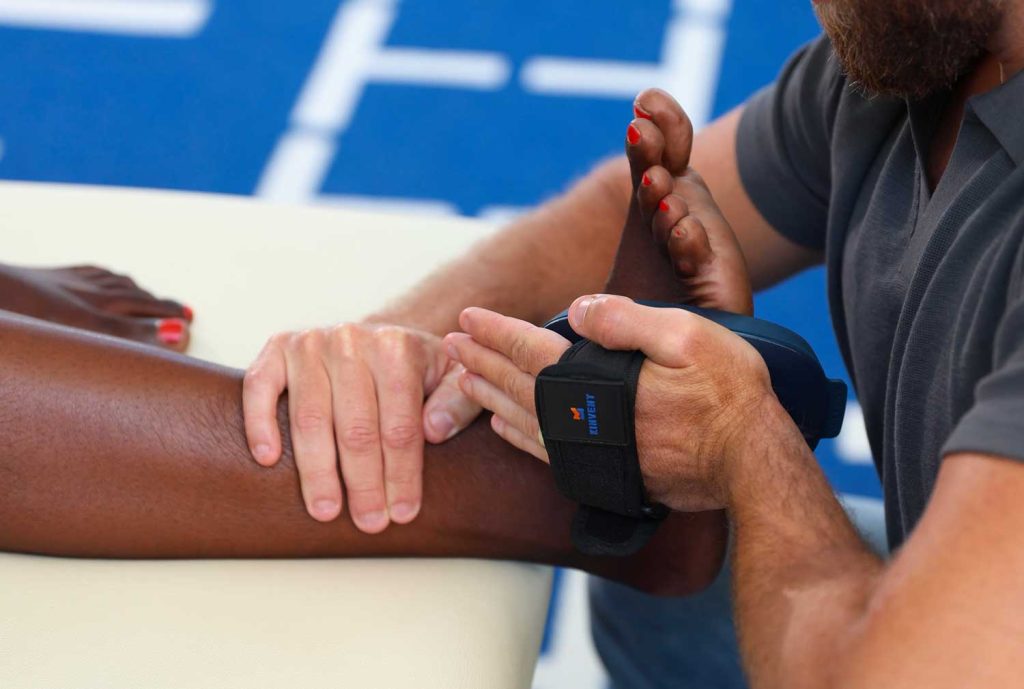
The Kinvent Advantage: Measurable, Motivational, Modern
Kinvent transforms subjective evaluation into objective, evidence-based therapy. With clear visual feedback and progress tracking, patients stay engaged, while therapists can adjust treatment in real time. The ability to target each body zone with precision ensures that no part of recovery is left to guesswork.
Ready to Bring Objective Data Into Every Rehab Zone?
Join the growing community of therapists who are elevating their rehab outcomes with Kinvent. Whether treating the neck, shoulder, core, or foot, Kinvent gives you the tools to make data-driven decisions—and help patients move better, faster, and with confidence.
Solutions Sensors Based On Your Needs
We offer a comprehensive range of medical sensors delivering valuable insights directly interpretable by the physiotherapist
